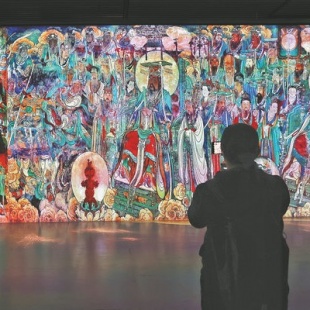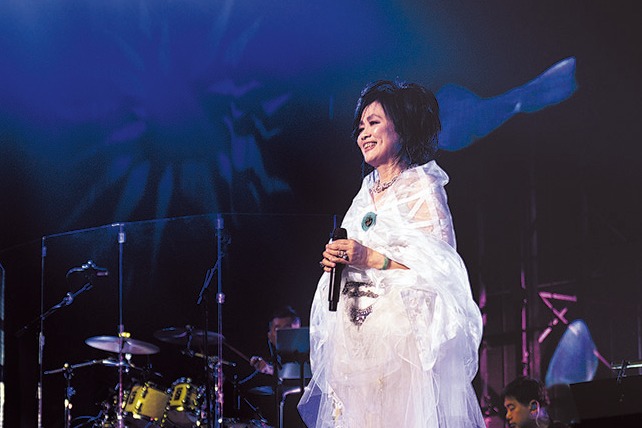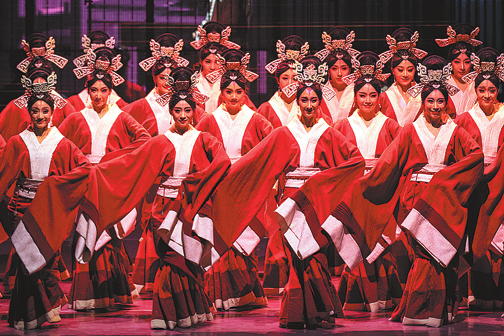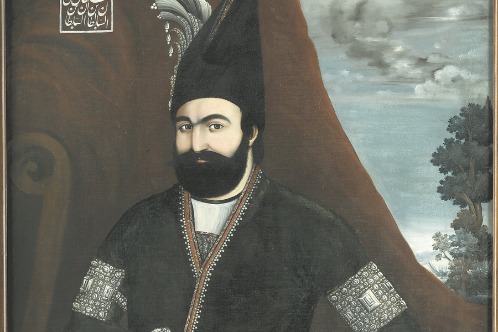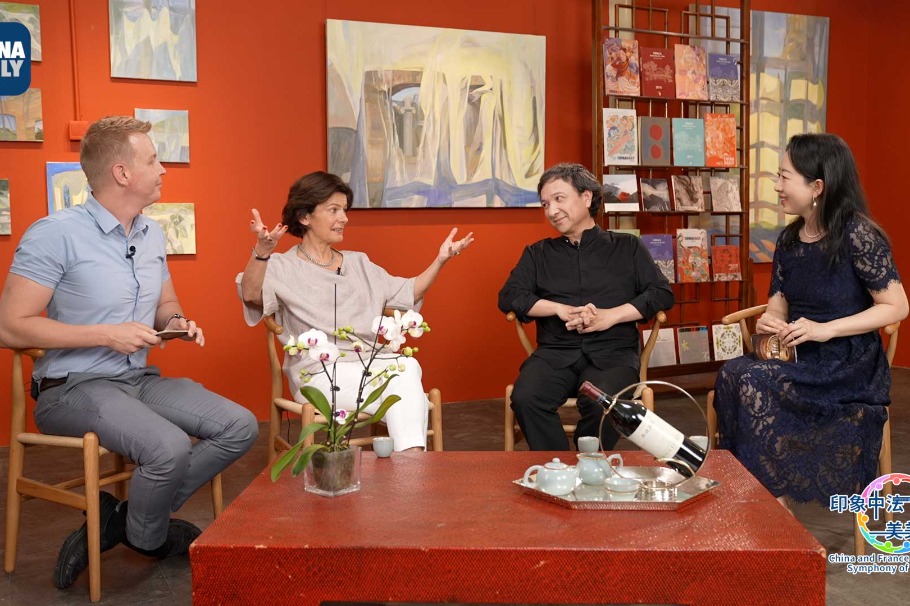Temple is immortal legacy of time
Exhibition gives Yongle Palace a new lease of life amid growing public interest in famous centuries-old complex, Wang Kaihao reports.

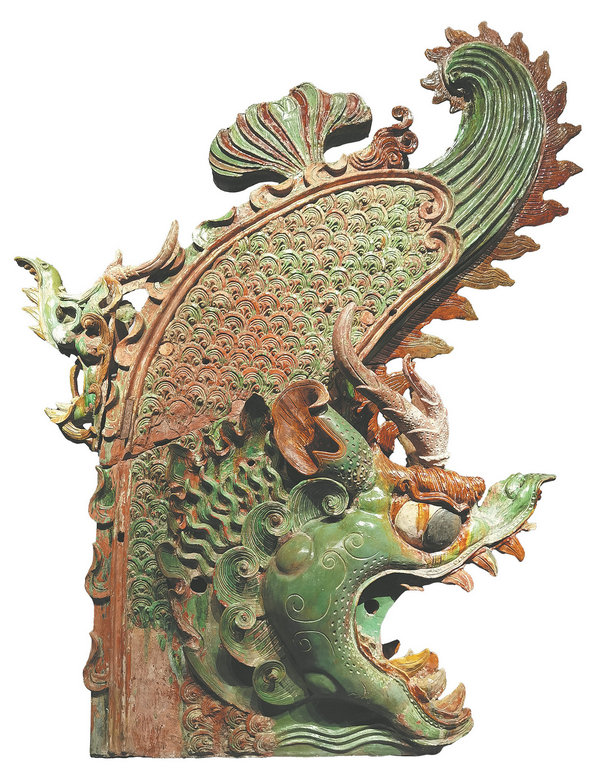
Witness to history
Begun in 1247, it took a decade for Yongle Palace to achieve the layout visible today. It cost artisans another century to complete the massive murals.
The 13th century was an era of great upheaval, as the Mongol army swept across the Eurasian continent. The Quanzhen School, which advocates a mixture of Taoism, Confucianism and Buddhism, was formed during the Jin Dynasty (1115-1234), and grew in influence as people sought comfort from chaos.
In 1220, famous Taoist monk Qiu Chuji led his disciples on a two-year westward trek to meet Genghis Khan near the Hindu Kush Mountains at the ruler's invitation.
Whether his doctrine about governing through benevolence and peace really changed the Khan's mind, Qiu's theory about protecting life at least persuaded the Mongol leader to give the Quanzhen School official support. It flourished across North China and in Ruicheng, where Lyu Dongbin, a legendary 9th-century Taoist guru was born, Yongle Palace was built by imperial edict, and Qiu's disciples oversaw construction.


